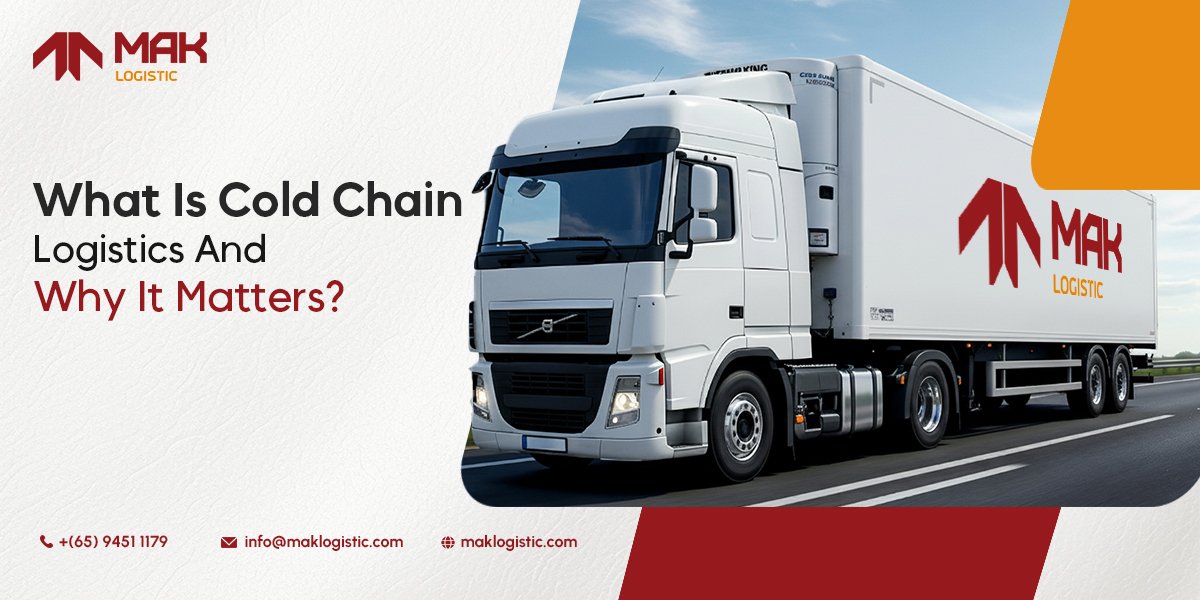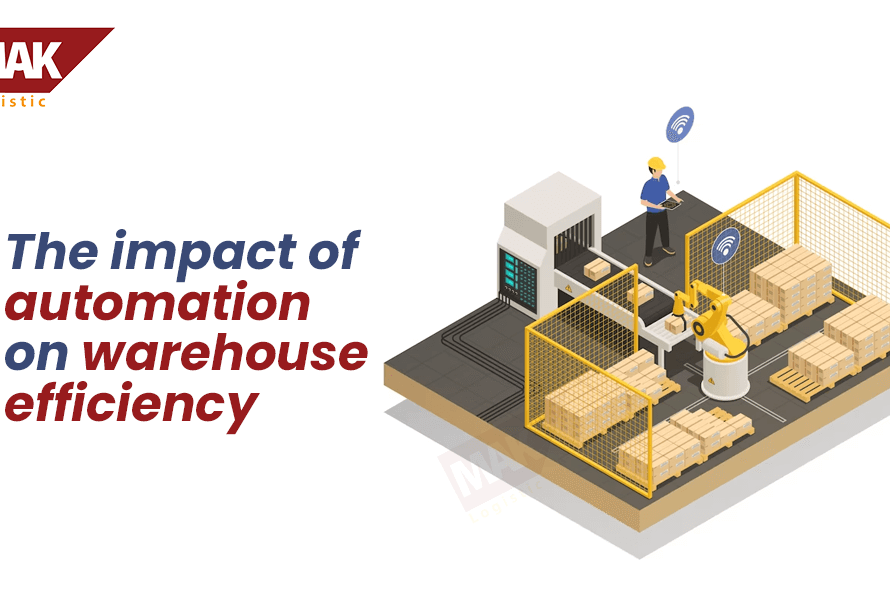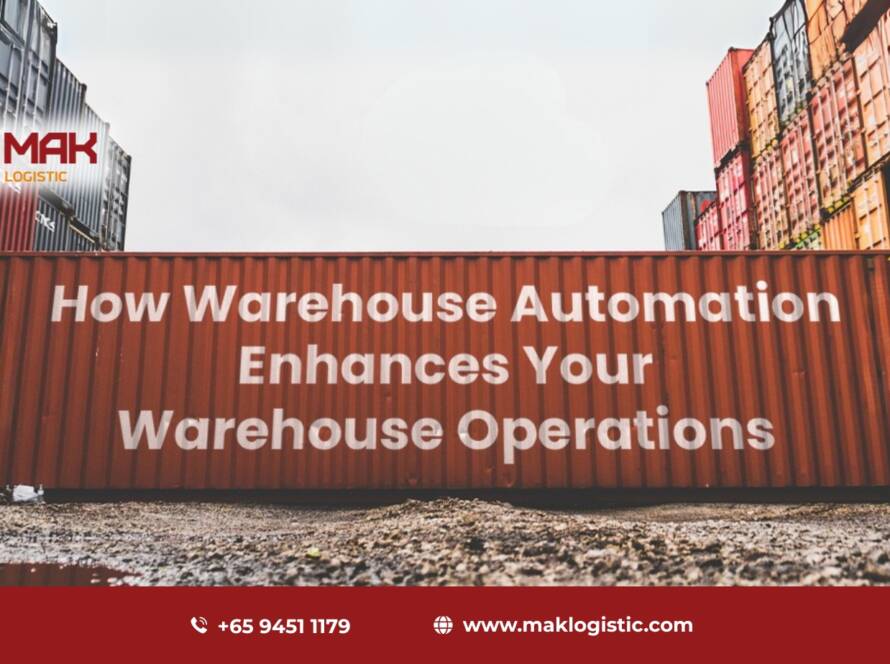
Globalized economy, maintaining the freshness, safety, and quality of temperature-sensitive goods is more crucial than ever. From pharmaceuticals and vaccines to frozen foods and dairy products, the demand for efficient cold chain systems continues to rise.
According to Fortune Business Insights, the global cold chain logistics market was valued at over USD 300 billion in 2024 and is expected to reach more than USD 500 billion by 2030, growing at a CAGR of around 8%. This rapid growth is driven by the expansion of the food and pharmaceutical industries, as well as advancements in temperature-monitoring technology.
This is where a Cold Chain Logistics Company plays an essential role, offering the technology, infrastructure, and expertise needed to move perishable goods safely and efficiently.
What is Cold Chain Logistics?
Cold Chain Logistics refers to the process of transporting temperature-sensitive products through a supply chain that maintains consistent low temperatures from origin to destination. Unlike conventional logistics, it requires a combination of temperature-controlled storage, transportation, and monitoring systems to prevent spoilage and maintain product integrity.
A Cold Chain Logistics Provider ensures that products such as seafood, meat, dairy, fresh produce, and vaccines are stored and transported within strict temperature ranges typically between -30°C to +8°C, depending on the product’s nature. Even a minor fluctuation can compromise the product’s safety or quality, making precision and reliability vital components of cold chain operations.
Key Elements of Cold Chain Logistics
Cold chain logistics is a complex system that depends on several interconnected components. The success of any Cold Chain Logistics relies on how efficiently these elements are integrated and managed.
1. Cooling System
The cooling system forms the foundation of cold chain logistics. It includes all technologies and equipment used to generate and maintain cold temperatures throughout the supply chain. The cooling system is designed based on product type, transport duration, and required temperature range. For example, frozen seafood might require deep freezing at -20°C, while vaccines often need to be stored between 2°C and 8°C. A reliable Cold Chain Logistics Provider ensures the right cooling solution is applied to preserve product quality.
2. Cold Transport
Cold transport involves the movement of temperature-sensitive goods through various modes road using refrigerated vehicles or containers. These vehicles are equipped with reefer units that maintain specific temperature levels throughout the journey.
Key types of cold transport include:
Refrigerated trucks and trailers for short-distance or regional deliveries.
Air cargo refrigeration for high-value or urgent shipments.
A professional Cold Chain Logistics Company maintains strict compliance with international temperature control standards, ensuring product safety and regulatory adherence.
3. Cold Distribution
Cold distribution focuses on the efficient and timely delivery of products to retailers, distributors, or end consumers while maintaining the required temperature conditions. This stage often involves multiple touchpoints, making coordination critical. A skilled Cold Chain Logistics Provider leverages advanced routing and tracking technology to optimize delivery schedules and reduce transit times minimizing energy costs and product waste.
4. Cold Storage
Cold storage facilities are specially designed warehouses that store perishable products under controlled temperature and humidity conditions. These facilities are vital in balancing supply and demand, preventing spoilage, and ensuring product availability year-round.
Cold storage types include:
Chilled storage (0°C to +5°C) for fresh fruits, vegetables, and dairy.
Frozen storage (-18°C to -25°C) for meats, seafood, and processed foods.
Ultra-low temperature storage (-80°C) for vaccines and biopharmaceuticals.
Modern Cold Chain Logistics Companies use automation, digital temperature mapping, and remote monitoring to ensure efficiency and consistency across their facilities. Regular audits and equipment maintenance also guarantee compliance with safety standards.
How Does Cold Chain Logistics Work?
The functioning of cold chain logistics can be visualized as a continuous temperature-controlled process involving several critical stages..,
Pre-Cooling: The product is cooled immediately after production or harvest to reach the required temperature before entering the supply chain.
Temperature-Controlled Storage: Products are stored in cold rooms or warehouses with precise temperature and humidity controls.
Packaging: Specialized insulated containers or thermal packaging materials are used to maintain temperature during transport.
Temperature Control Transportation: Refrigerated trucks or containers move goods to their next destination while maintaining a steady thermal environment.
Monitoring and Data Logging: Continuous temperature tracking ensures that the cold chain remains unbroken from origin to delivery.
Last-Mile Delivery: The final stage ensures that products reach customers or retail shelves in perfect condition.
Any disruption known as a “cold chain break” can cause product degradation or contamination. Hence, trusted Cold Chain Logistics Providers integrate IoT sensors, GPS systems, and AI-based predictive tools to maintain visibility and control across every stage.
Significance of Cold Chain Logistics
The importance of cold chain logistics extends far beyond product preservation, it supports public health, food security, and global trade efficiency. Below are some of the key benefits..,
1. Ensures Product Quality and Safety
A robust cold chain maintains product freshness and nutritional value while preventing microbial growth. This is especially critical for pharmaceuticals, vaccines, and perishable foods.
2. Reduces Product Wastage
According to the Food and Agriculture Organization (FAO), nearly 14% of global food is lost between harvest and retail much of which could be prevented through proper cold chain management. Reliable Cold Chain Logistics Providers help reduce waste and improve profitability.
3. Enables Global Trade
Cold chain systems make it possible to transport temperature-sensitive goods across continents without quality loss, enabling access to diverse markets and extending product shelf life.
4. Supports Healthcare and Life Sciences
Cold chain logistics plays an indispensable role in the pharmaceutical sector especially for vaccine storage, biotechnology products, and clinical trials. A dependable Cold Chain Logistics Company ensures compliance with global health and safety regulations.
5. Promotes Sustainability
Advanced refrigeration technology, renewable energy integration, and smart logistics planning help reduce carbon emissions and energy consumption making modern cold chain systems more environmentally responsible.
Wrapping Up
In an increasingly interconnected world, the role of Cold Chain Logistics Companies has become indispensable. From preserving food quality to ensuring the safe delivery of life-saving medicines, cold chain logistics underpins essential industries and sustains global supply chains.
Partnering with an experienced Cold Chain Logistics Provider like MAK Logistic guarantees temperature integrity, regulatory compliance, and operational efficiency. MAK Logistic leverages advanced technology, state-of-the-art cold storage, and efficient refrigerated transport to ensure your products reach their destination fresh, safe, and on time every single time.
Whether for pharmaceuticals, fresh produce, or frozen goods, trusting MAK Logistic as your Cold Chain Logistics Company ensures reliability, and quality across every stage of the supply chain.


